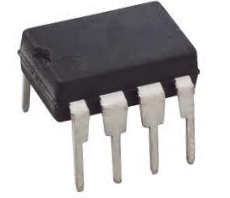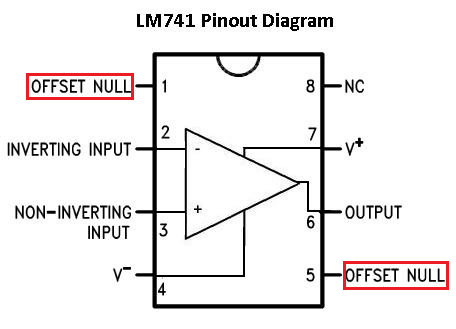Op Amp Offset Null Terminals

Op amps have terminals which are called Offset Null Terminals.

Before we get into exactly what the offset null terminals are, we need to explain some basics so you'll understand exactly what these terminals are for.
First to begin with, an op amp is a differential amplifier. This means it amplifies the difference in voltage between the two input pins. Because of this fact, its output should be 0V when there is no difference between its inputs, in other words, when its inputs are at equal voltages. In a perfect ideal op amp, this should be the case when there is no voltage connected to the 2 pins. However, in real life op amps, the output is only 0V when the inputs differ by a small amount known as the input offset voltage. Normally, op amps come with offset, so that voltage must be applied to one terminal in order for the voltages to be equal and, thus, for there to be 0 output.
This is why op amps have offset null terminals.
To make the voltages exactly equal, you apply the same voltage to both pins and place a potentiometer
to one of the pins and change
the resistance until the output is 0V.

Offset null adjustment requires a potentiometer with its wiper connected to the negative supply (with some op amps) or to
0V (with others). Some op amps require a 100KΩ potentiometer.
